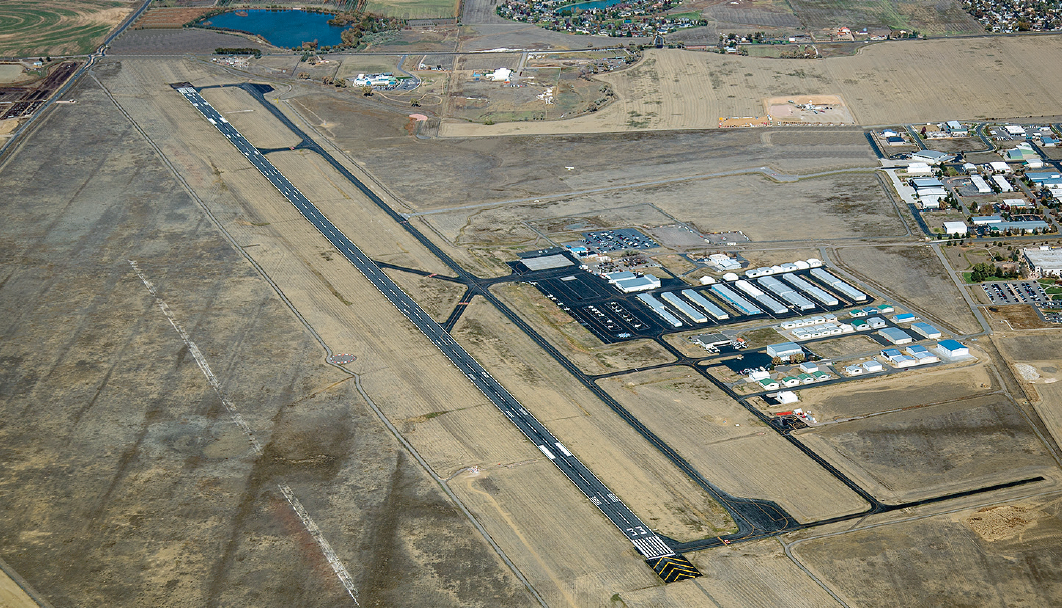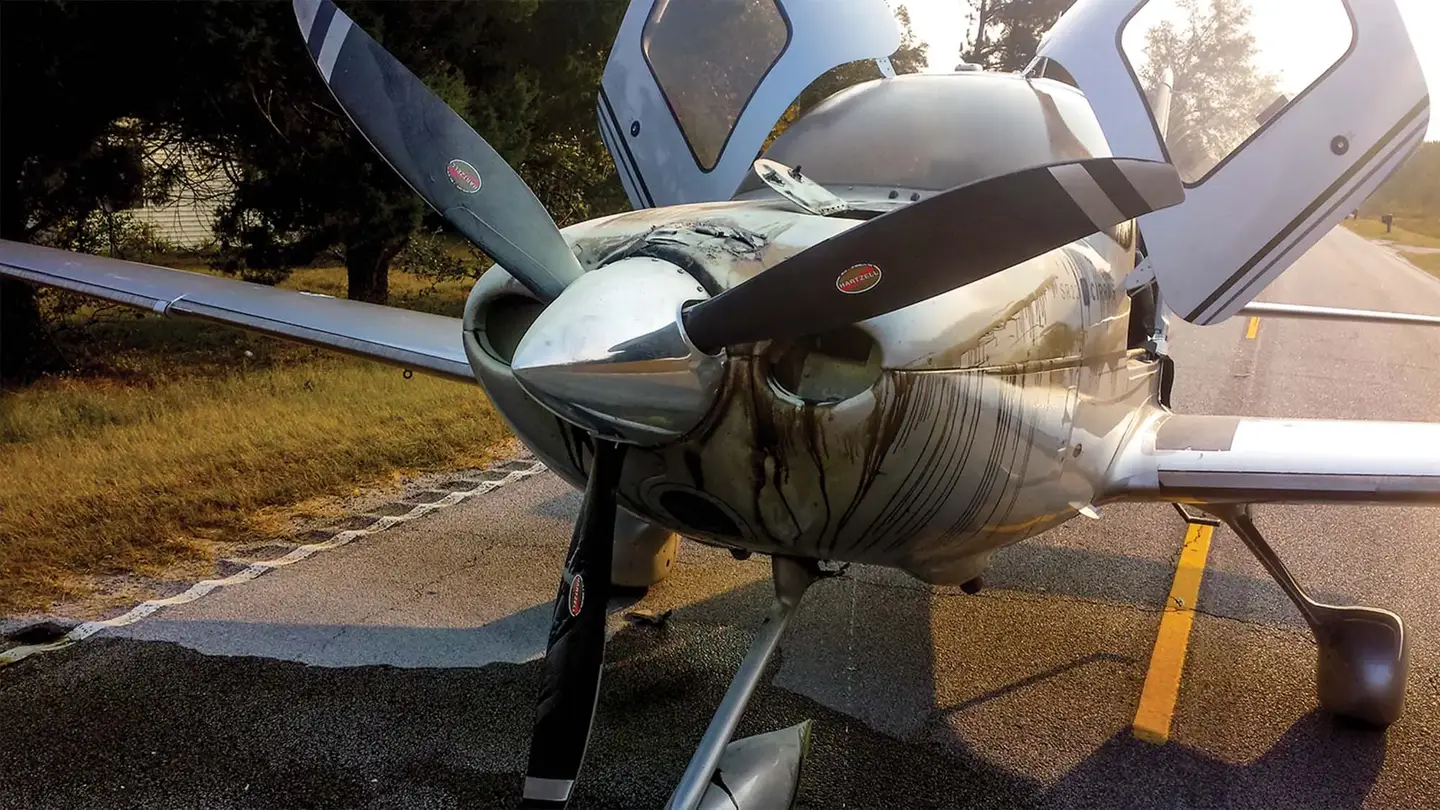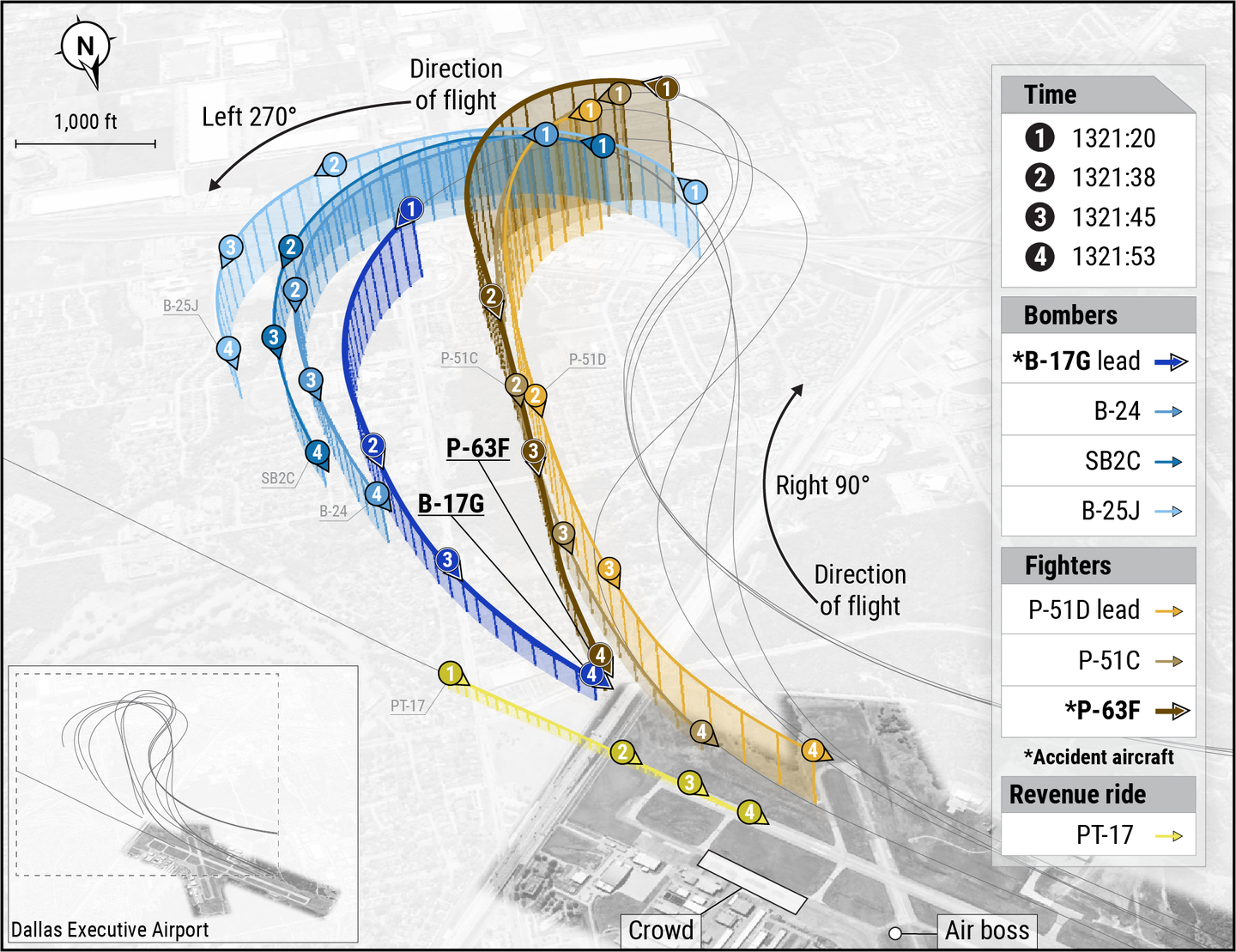Density Altitude and You
Many years ago as an instrument rated private pilot, I had the opportunity to take a mountain flying course in the Colorado High Country. Fort Collins-Loveland Municipal Airport, known today…

Image: Colorado Department of Transportation
Many years ago as an instrument rated private pilot, I had the opportunity to take a mountain flying course in the Colorado High Country. Fort Collins-Loveland Municipal Airport, known today as Northern Colorado Regional Airport, was home to a Designated Pilot Examiner who knew every mountain peak and valley south of Cheyenne. After several days of intensive ground school and dual instruction in a Cessna 172RG Cutlass and an American Champion Citabria 7GCAA, I came away with a newfound respect for computing density altitudes and referencing aircraft performance charts.
Density altitude is formally defined as pressure altitude corrected for nonstandard temperature variations. Air density is affected by changes in altitude, temperature and humidity. A combination of high elevations, low atmospheric pressures, high temperatures and high humidity result in high density altitude.
High density altitude is never a good thing for your aircraft’s performance. An increase in density altitude adversely affects your aircraft’s performance by increasing takeoff distance, reducing rate of climb, increasing true air speed on approach, landing and increasing landing roll distance. In addition, high density altitude decreases the engine’s horsepower output. In normally aspirated engines, power and rate of climb are significantly diminished. A normally aspirated aircraft engine will lose approximately 3.5 percent horsepower for every 1,000-foot increase in density altitude. Given a density altitude of 9,000 feet, 32 percent of engine power is lost. So on takeoff, climbing out of ground effect is one challenge, and then attaining a sufficient climb rate to safely clear obstacles is another.
A Pilot’s Operating Handbook (POH) developed by the aircraft manufacturer is the pilot’s primary reference for aircraft performance information which is found in the operational data section. Aircraft manufactured earlier will have performance information found in the operational data section of the Aircraft Owner’s Manual. A Koch Chart can also be used to calculate the approximate temperature and altitude adjustments for aircraft takeoff distance if the airplane POH or Aircraft Owner’s Manual is unavailable.
Density altitude conditions for a given airport are available through many sources such as AWOS, 1800-WX-Brief, ForeFlight and some EFIS displays. Interestingly, with numerous online weather resources available, most pilots today self-brief weather. A prudent pilot will always obtain current density altitude information and calculate his aircraft performance values for even a brief, local flight. Making a go/no-go decision under pressure can be tough. A clear go/no-go decision should be made prior to boarding your airplane.
The famous chef, Emeril Lagasse, would say, “Let’s kick it up a notch!” So, now let’s take a challenging high density altitude day and add a few more spicy ingredients: a near maximum loaded airplane, a direct crosswind and a short grass field with trees at the departure end. Now, go to your POH. Do a careful weight and balance and then run those values through all the appropriate aircraft performance charts. The results show that things can get very dicey, very fast. Consequently, a firm no-go decision is made.
Before the sultry summer days arrive, become familiar with the challenges of high density altitude. Call your local flight instructor and schedule proficiency training for FAA Wings credits. An FAA approved Flight Training Device (FTD) is an excellent way to experience operating in high density altitude conditions. If an FTD is not available, loss of engine power from high density altitude can be duplicated by performing a reduced power takeoff – but only under the watchful eye of your CFI! If your airplane climbs at 1,500 feet per minute, then we can simulate departing from an airport with a much higher elevation by selecting a power setting from your aircraft POH that produces a 900 foot-per-minute rate of climb. For a constant speed propeller, an appropriately lower manifold pressure value and RPM setting may be selected. ONLY attempt this exercise with an experienced CFI as your Safety Pilot! Select an airport with at least an 8,000-foot runway and clear of obstacles on both approach and departure ends. The takeoff roll will be noticeably longer due to slower acceleration speed. Obviously, the airplane will use a lot of runway. There is a strong temptation to rotate too early. When rotation speed is eventually reached, apply smooth back pressure to establish the normal pitch attitude. Remain patient and let the airplane fly itself off the runway. Since the aircraft is still in ground effect, any attempt to increase pitch attitude will result in the aircraft settling. Be certain to check the Turn and Bank Indicator and maintain coordinated flight. Keep the ball centered to optimize aircraft performance. Any sideslip or uncoordinated flight will significantly reduce the aircraft‘s takeoff and climb performance.
Landing in high density altitude conditions can also be a challenge. Pilots have a tendency to flare too early due to a faster approach speed. Landing rollouts will be much longer due to the faster ground speeds at touchdown. It’s a good idea to minimize or completely avoid excess drag when executing a rejected landing (a “go around”). Don’t extend flaps unless the landing is assured. Rapid retraction of flaps during a go around maneuver, especially in high density altitude conditions, will result in the aircraft settling. The NTSB files attest to many high density altitude accidents resulting from loss of control.
High density altitude is always bad aerodynamic karma and this article only scratches the surface of this topic. For more in-depth information, formulas and practical examples of operating in high density altitude environments, please refer to your aircraft Pilot Operations Handbook, the FAA Pilot’s Handbook of Aeronautical Knowledge and numerous other FAA references available through https://faasafety.gov.
In summary, it is imperative that pilots know how their airplanes fly and perform in high density altitude conditions. Failure to understand and respect the negative effects of density altitude has led many pilots into conditions that they and their aircraft could not manage. Savvy flight instructors can teach you safe piloting skills and proper engine leaning techniques. So, why not plan your next FAA WINGS Safety Flight around Density Altitude and You?
References:
FAA-P-8740-2 * AFS-8 (2008)
Airplane Flying Handbook, FAA-H-8083-3B
Aviation Instructor’s Handbook, FAA-H-8083-9B
Pilot’s Handbook of Aeronautical Knowledge, FAA-H-8083-25B
Leo Berube is a CFI, CFII and MEI. He is a member of the South Carolina Aviation Association (SCAA) Board of Directors and a FAASTeam Representative.






